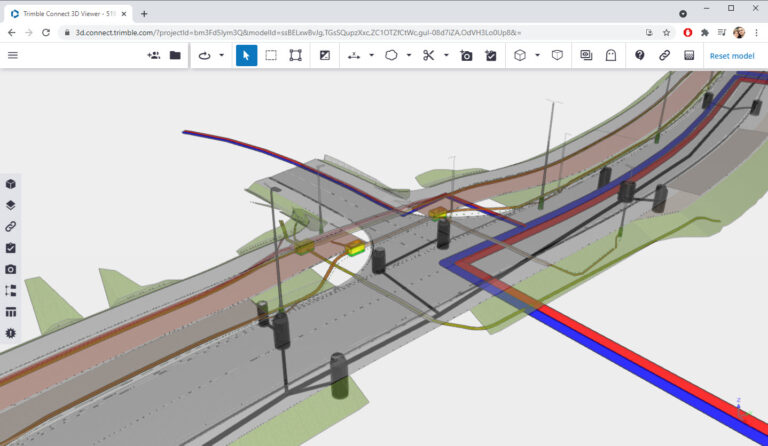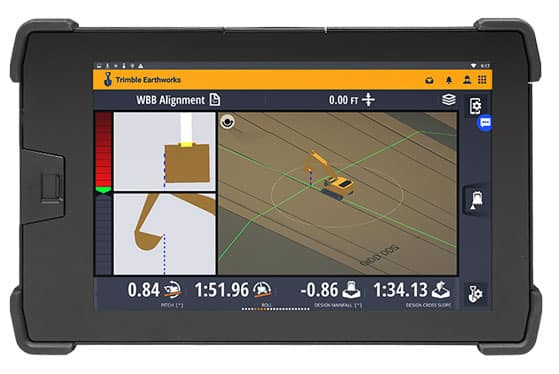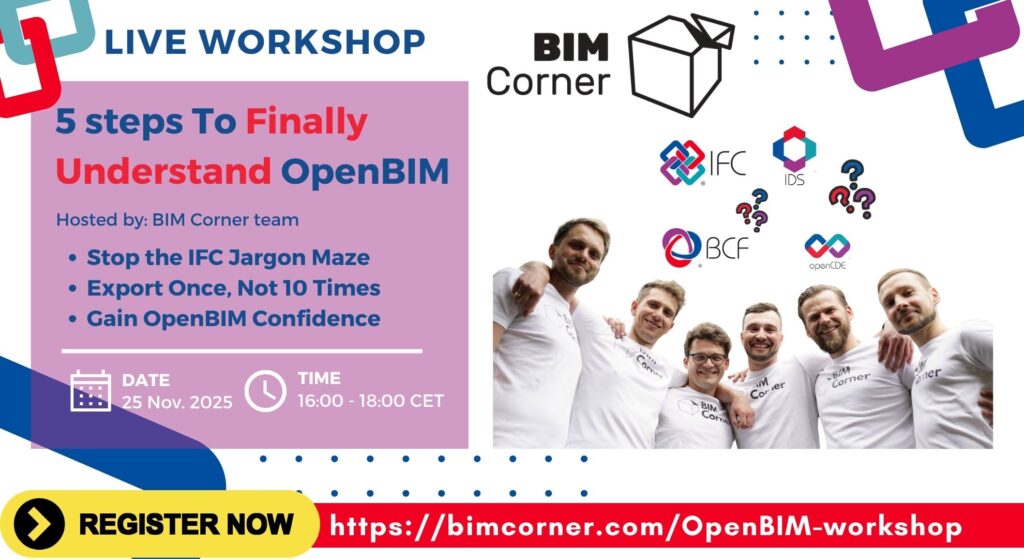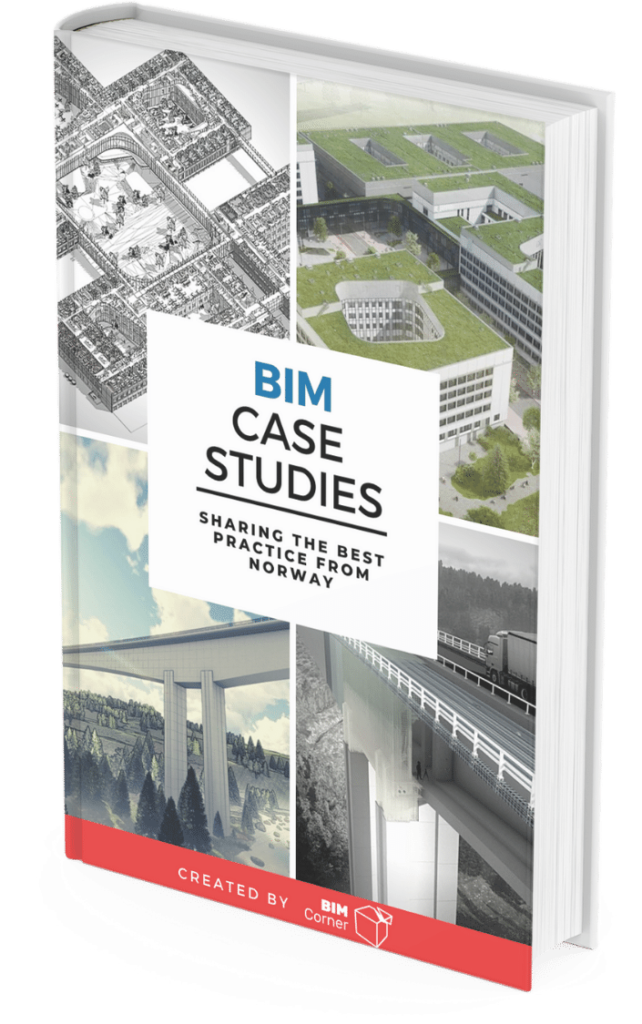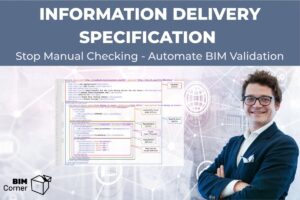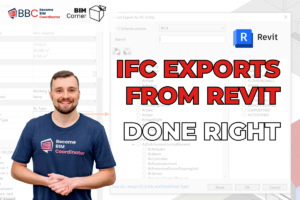Why do we actually need a BIM model?
At first glance, the answer seems obvious – to collaborate more effectively, make better decisions, and conduct more accurate multidisciplinary analyses.
But is that really all?
A BIM model is much more than a coordination tool. It’s a digital representation of a built asset that supports the entire lifecycle – from design and construction to operation and maintenance. The key enabler of this process is the open IFC standard (Industry Foundation Classes), which allows information to be exchanged seamlessly between different systems and stakeholders without loss of consistency.
In this article, I present five practical applications of the IFC model that demonstrate how universal and versatile this format truly is.
The IFC Model - a Common Language for Information
An IFC model is a digital representation of an object or its part, combining both geometric and non-geometric data. It contains not only the shape, but also the properties, parameters, and purpose of individual elements.
Thanks to the open IFC standard, it’s possible to create a single, consistent source of information that can be used across various applications and at different project stages — from concept and construction to facility management.
This is what makes IFC the foundation of the openBIM philosophy, ensuring collaboration, transparency, and independence from specific software vendors
IFC Use Cases
To better understand the potential of IFC, it’s worth looking at its practical use cases.
Each application serves a different purpose and requires a slightly different approach to how data is structured.
Sometimes the focus is on precise geometry, other times on relationships between elements or the classification and material data.
Below are five of the most common IFC use cases applied throughout the design and construction process.
1. Visualization
The first IFC use case is 3D visualization, which helps present design concepts clearly and engagingly. It’s a powerful communication tool that supports understanding of spatial context – for designers, investors, and end users alike.
For effective visualization, accurate geometry is essential – TIN for surfaces, BRep for complex shapes, and Sweep for linear objects.
It’s also worth including basic semantic information, such as the object hierarchy, element types, and optionally, materials and colors.
Visualization shows that IFC is not only a technical data format but also a communication and presentation tool, strengthening collaboration and promoting the principles of openBIM.
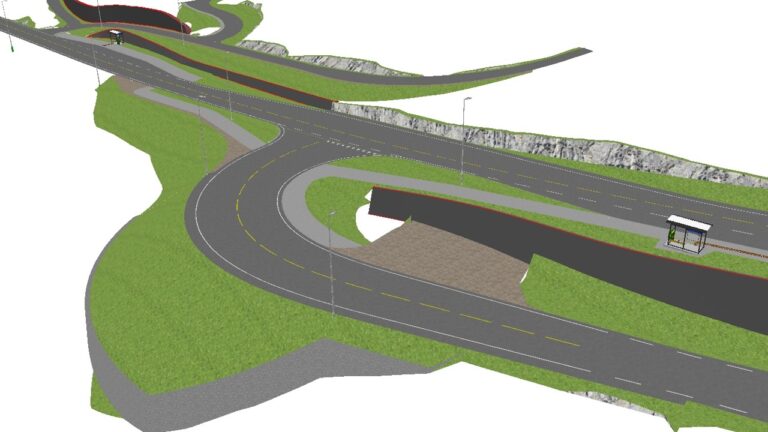
2. Coordination and Clash Detection
Another major use case is multidisciplinary coordination and clash detection.
An IFC model serves as a shared reference for combining sub-models from different disciplines and analyzing their interdependencies.
The goal is to identify inconsistencies and collisions early in the design phase, reducing on-site errors and costly rework.
Accurate geometry (TIN, BRep, Sweep) and correct relationships between elements — such as IfcRelConnects — are crucial for reliable analysis.
In this context, IFC acts as a collaboration platform, integrating data from multiple sources and improving the transparency of the overall design process.
3. Quantity Take-Off
The IFC model can also be used for automated quantity extraction – measuring lengths, areas, and volumes of elements.
These quantities form the basis for cost estimation and budgeting.
Data is transferred from the design application to a QTO (Quantity Take-Off) tool.
Reliable results require precise geometry (TIN, BRep, Sweep) and proper descriptive data, including materials and classification.
This enables a faster, more accurate, and consistent cost estimation workflow, eliminating manual calculations and closed data formats.
4. Design-to-Design Exchange (Reference Model)
Another important application is information continuity between project phases.
A model developed at an earlier stage becomes a reference model for the next phase – for example, a conceptual model used in detailed design.
This approach avoids data duplication and ensures consistent information flow.
The exchange takes place between design applications. Required geometry may include TIN, Faceted BRep, or Sweep, and in some cases parametric geometry such as cross-sections, slopes, or layers.
Equally important are semantic data – classification, materials, component types, and relationships (IfcRelAggregates, IfcRelContainedInSpatialStructure) that maintain the logical integrity of the model.
By using IFC, project teams can build upon shared data, ensuring information continuity, fewer errors, and greater design efficiency.
5. Machine Control and Construction Guidance
The final use case focuses on construction execution, where IFC models are used in machine control and guidance systems.
Here, the model provides geometric reference data for automated or semi-automated operation of machinery such as graders, pavers, or excavators, ensuring precise translation of design intent to the field.
The model is transferred from the design application to the machine control system.
Required geometry includes TIN and auxiliary definitions such as alignments, profiles, cross-sections, and string lines.
Equally important are spatial references that allow machines to position and move accurately according to the model.
This demonstrates how IFC supports the digital transformation of construction, connecting design data directly with field execution and advancing automation on the job site.
Summary
The IFC model is much more than a data exchange format – it’s a universal source of information supporting every stage of a project’s lifecycle. Thanks to openBIM standards, real interdisciplinary collaboration, process automation, and the reuse of a single model are now possible – from visualization and coordination to cost estimation and construction execution.
Want to learn how to fully harness the potential of openBIM in practice?
👉 Join our OpenBIM Workshop 🎉 – discover proven workflows, practical tools, and expert insights that will help you take your BIM projects to the next level.
5 Steps to Finally Understand openBIM
We hope to see you there – together we’ll demystify IFC once and for all and make openBIM simpler and more accessible for everyone!
Wishing you great success with your BIM projects!


